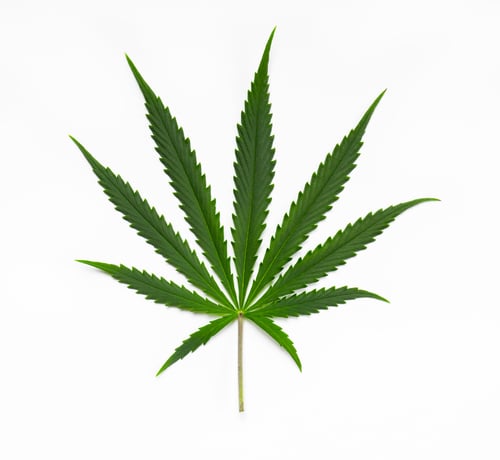

The concentration and balance of these terpenes can largely influence the flavor and scent of a particular strain – and may even affect its high. CBD is noted for the way it interacts with the body, controlling the effects of THC and perhaps modulating a strain’s particular high.Īt least 120 different terpenes have also been found in cannabis. However, thanks to crossbreeding, both indica and sativa strains, as well as their hybrid strains, can be found with varying THC:CBD cannabinoid concentrations.Īfter THC, CBD is the second most prevalent cannabinoid found in marijuana. Landrace indica strains, on the other hand, tend have a lower THC content and a somewhat higher CBD content.

Pure sativa strains usually produce a high THC content and low CBD content. There are over 100 cannabinoids that have been identified in the cannabis plant, including tetrahydrocannabinol (THC) and cannabidiol (CBD), the primary cannabinoids found in marijuana. On a chemical level, indica and sativa strains are different in the make up of their cannabinoid content, as well as in the balance of other compounds, such as terpenes. This longer vegetation period often results in a much higher yield come harvest. Sativa plants have much longer vegetation periods than indica strains, taking anywhere from 10 to 16 weeks to fully mature during the flowering period. However, this lower yield is offset by an indica’s shorter growing cycle. Indica plants typically produce less of a yield than sativa plants. Sativa leaves are long and narrow, while the leaves of an indica plant are thicker and broader.īecause they grow smaller, indica strains are well suited for cultivating indoors. Sativa strains, on the other hand, can potentially reach heights up to 20 feet when grown outdoors and their branches are spread out and grow upwards. Indica strains tend to grow short and bushy – usually under 6 feet tall. Visually, it is often possible to identify an indica vs sativa plant by focusing on certain characteristics. By crossbreeding these landraces, as well as the strains that were produced by this breeding, the immense variety of cannabis strains we have now was made possible. These naturally growing cannabis landraces formed the genetic backbone for modern marijuana strains. Today, sativa strains still grow wild throughout many humid and tropical areas of the world. Growing in warmer weather, sativa landraces, like Durban Poison, Panama Red, and Acapulco Gold, originated in the countries located on or near the equator, such as Colombia, Mexico, Thailand, and Southeast Asia. Indica landraces like Afghani Kush, Hindu Kush, Mazar I Sharif generally thrived between 30° and 50° latitudes by adapting to these local growing conditions. Indica strains are generally agreed to have originated near Central Asia and spread to regions in India, Nepal, Pakistan, Afghanistan, Morocco, and Turkey. These original landraces (a region’s native, naturally occurring cannabis strain) are locally adapted strains optimized through natural evolution to grow in their specific microclimates around the world.

When speaking of the original locations for indica and sativa strains, we must discuss landraces. While these classifications aren’t perfect, they offer a good start to understanding marijuana strains.įirst we will look at the origins of marijuana strains and some of the differences between indica vs sativa, before going into detail about hybrid cannabis strains. Although all these strains are considered marijuana, these general classifications help users determine the types of effects, smells, and even flavors they should expect from a strain. Trying to choose between an indica, sativa, or hybrid when you visit the marijuana dispensary? We can help!Ĭannabis strains are typically broken up into one of three distinct groups: indica, sativa, hybrid.


 0 kommentar(er)
0 kommentar(er)
